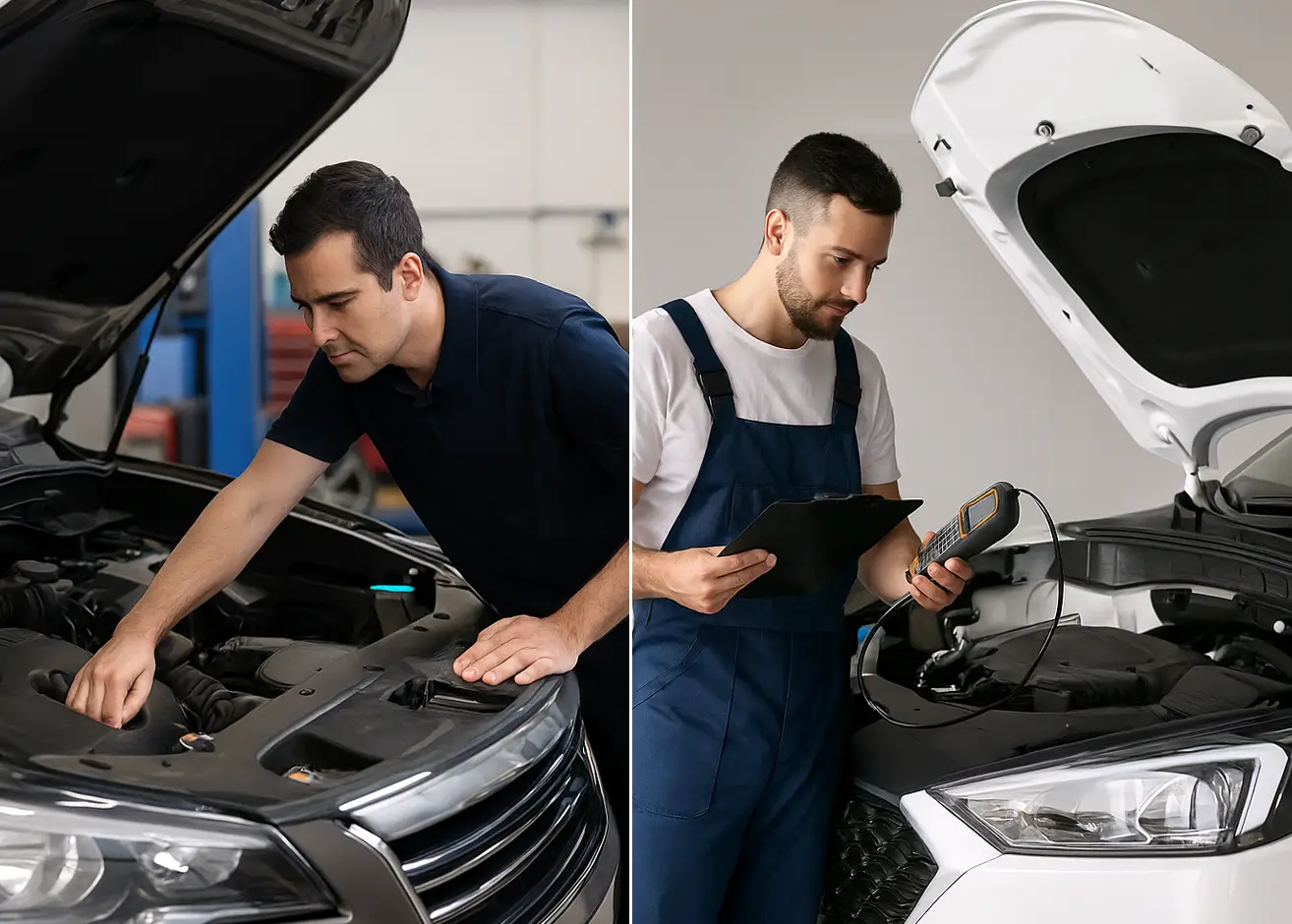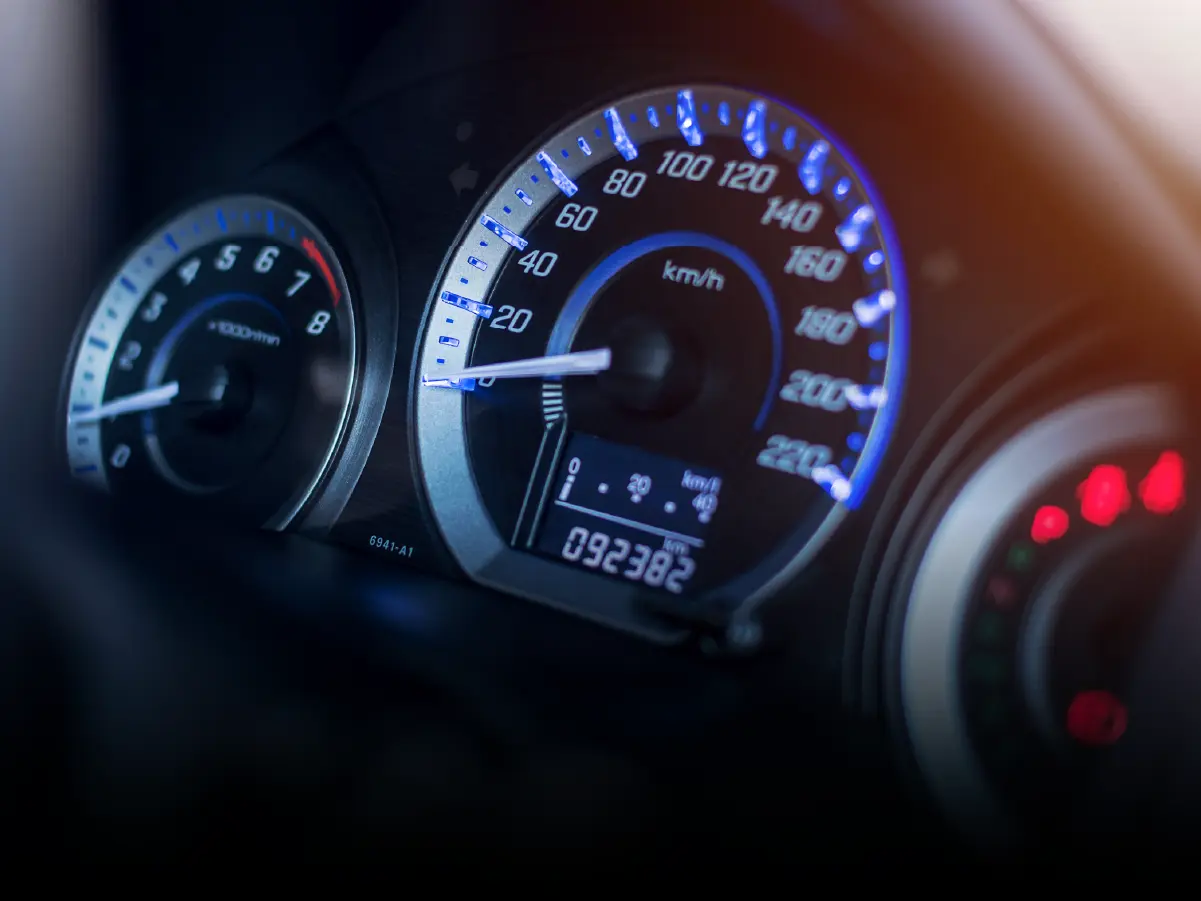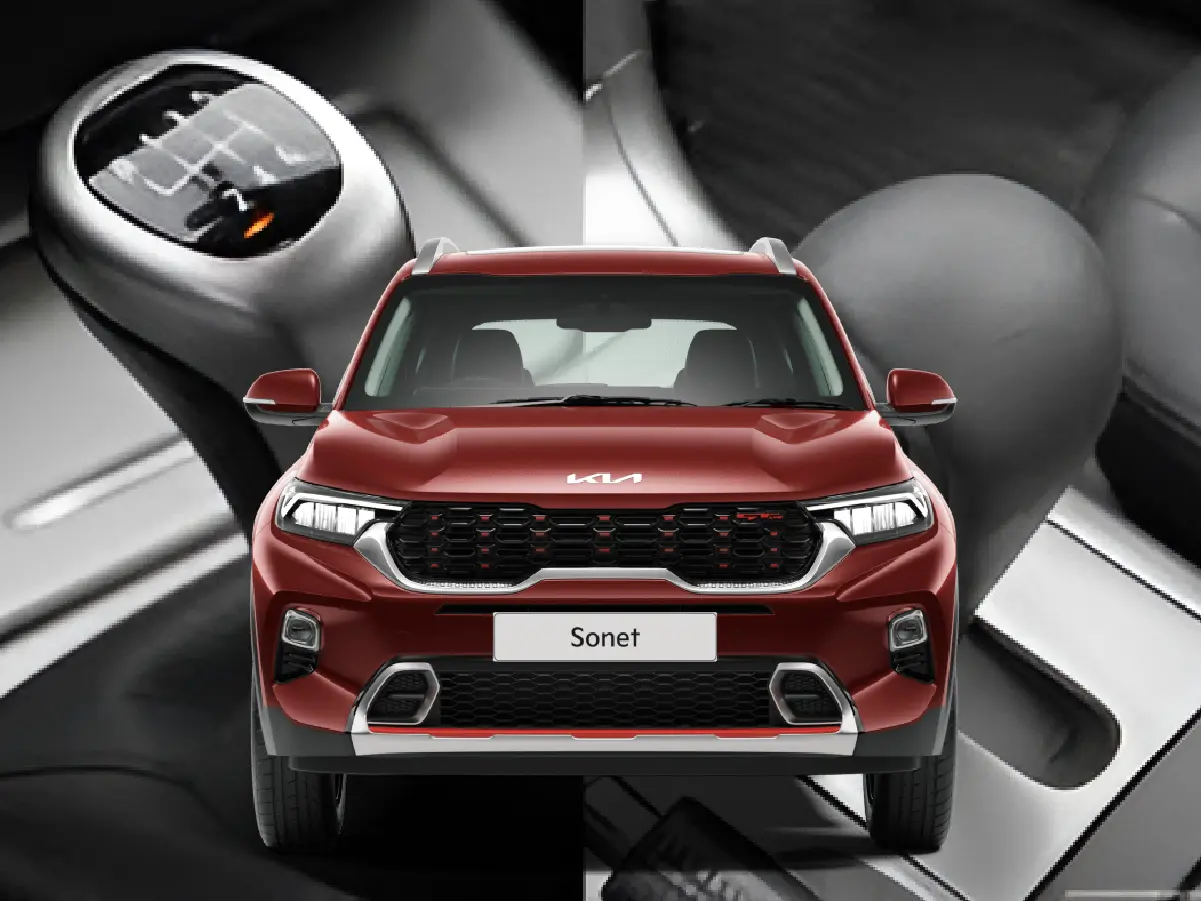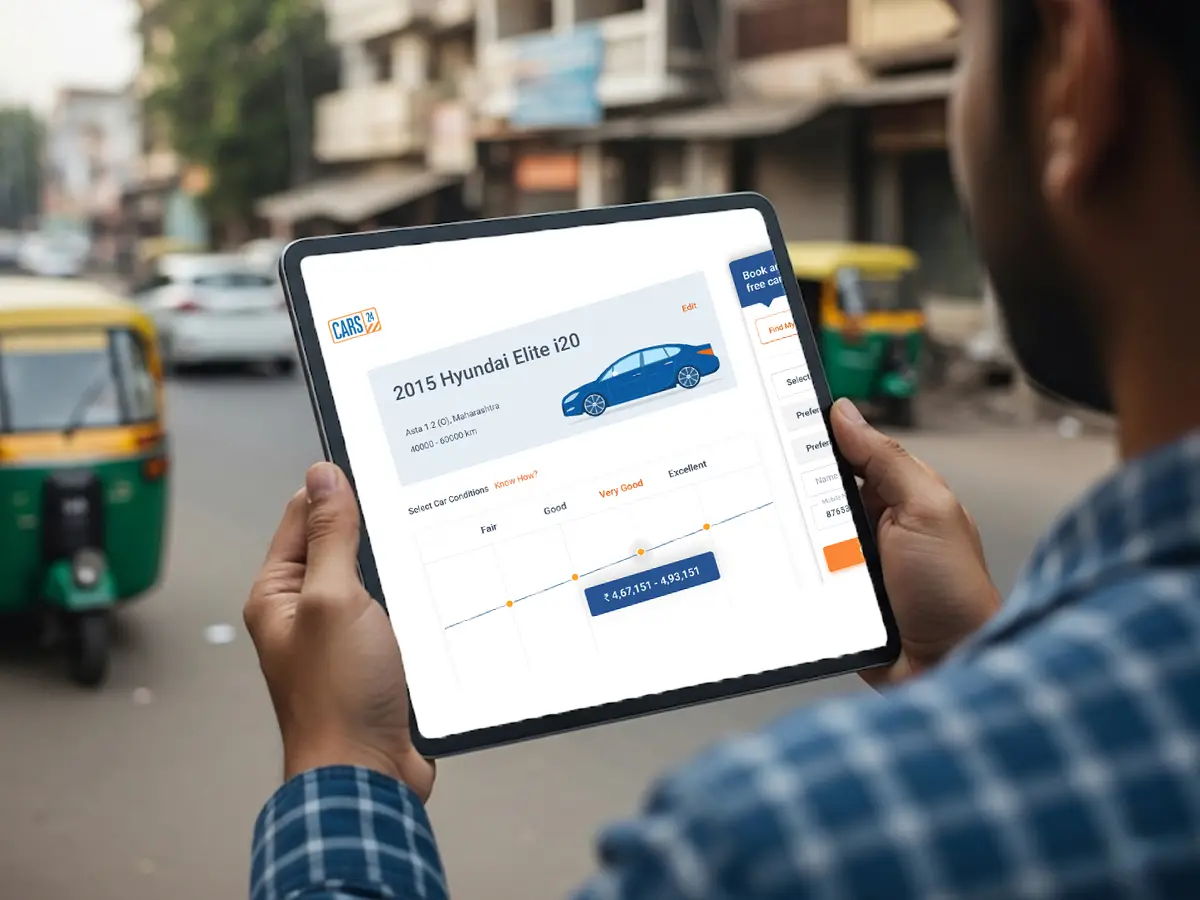

Independent PDI vs Regular PDI for Used Cars: Key Differences Explained
- 1Independent PDIs offer unbiased insights into a car's actual condition
- 2Regular PDIs follow manufacturer checklists and lack transparency
- 3Independent PDI helps detect hidden issues before finalising a deal
Buying a used car is a big decision. You want to be sure that you're getting good value for your money, and more importantly, that the vehicle is safe and reliable. That’s where a PDI, or Pre-Delivery Inspection, comes in. But here’s a question most buyers don’t ask: should you go with the regular PDI done by the dealer, or opt for an independent one instead?
Let’s take a closer look at both, so you can make a smart and informed choice.
Regular Pre-Delivery Inspection (PDI)
A regular PDI is the one that the dealership usually offers. If you’re buying from a showroom or a certified reseller, chances are they’ll do a basic check of the car’s systems, fluids, tyres, and a few other things before handing it over to you.
The process is often quick and part of their sales package. It might seem like a sweet deal, but it’s important to remember that the dealership also wants to close the sale smoothly. So, the checks may not be very detailed, and some issues might go unnoticed.
Independent Used Car Inspection
An independent PDI, on the other hand, is carried out by a third-party technician or mechanic who has no connection with the dealership. Their job is to examine the car thoroughly and provide an unbiased report. From the engine to the suspension, brakes, transmission, and even the condition of the paint, an independent PDI usually covers a lot more.
These experts often bring advanced tools and follow strict inspection guidelines to ensure nothing is missed. That means you get a clearer picture of the car’s actual condition, not just what the seller wants you to see.
Difference in Regular and Independent Car Inspection
Let’s break down the key differences between a regular and independent Pre-Delivery Inspection:
- Objectivity
Regular PDI: May be biased towards completing the sale quickly.
Independent PDI: Completely unbiased, with no interest in the sale.
- Depth of inspection
Regular PDI: Basic checks, mostly visual or functional.
Independent PDI: In-depth checks including diagnostics and detailed assessment.
- Tools used
Regular PDI: Usually just visual inspection and basic tools.
Independent PDI: Diagnostic scanners, lifts, paint thickness meters, and more.
- Reporting
Regular PDI: Often no formal report is provided.
Independent PDI: You get a structured report with images and recommendations.
- Cost
Regular PDI: Often included in the purchase or minimal cost.
Independent PDI: Paid service, but worth the peace of mind.
Advantages of Independent PDI
If you're buying a car that's more than a few years old, or if you're not fully confident in the dealership, an independent PDI is a wise step. It can uncover hidden problems, like accidental damage or odometer tampering, and save you from spending money on repairs later.
Plus, you can use the report to negotiate a better price. If the inspection reveals worn-out tyres or upcoming service needs, you’re in a stronger position to ask for a discount.
When A Regular PDI is Better
Regular PDIs work well in some cases, like when you’re buying a brand-new car, or when the dealership has a strong reputation and includes a detailed inspection certificate. If you’re short on time or are getting a good exchange offer, the regular PDI can still be a practical choice.
Final Thoughts
Both types of PDI have their place, but knowing when to choose which one makes all the difference. If you want to be extra cautious and are making a significant investment, go for an independent PDI. It might take a little more effort, but the peace of mind is well worth it.
After all, buying a used car should be a happy decision, not one that leads to surprises down the road.
Frequently Asked Questions
Expand all



























